I assembled my first PCB and started measuring everything to validate that it is correct.
When it was the turn of the a TO-220 linear regulator (LD1117V33C) I got surprised to see 3.3 V in the heat pad.
Is this normal? If yes... Why is that? When is this useful?
This are my schematics:
And this is how I placed it in the PCB:
Datasheet: https://eu.mouser.com/datasheet/2/389/cd00000544-1795431.pdf
Full PCB schematics and circuit: https://github.com/crgarcia12/electronics-homeassistant-lightscontroll#version-2



